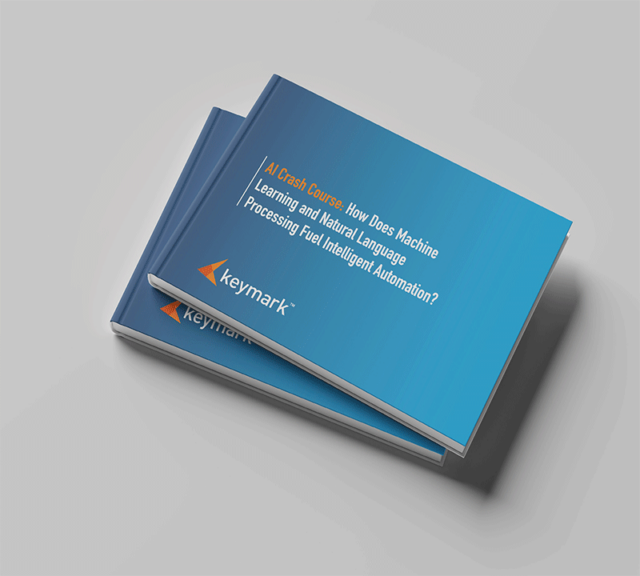What is Intelligent Document Processing?
Intelligent Document Processing (IDP) is an AI-powered enhancement of document capture. It combines OCR, NLP, and ML to improve data extraction from unstructured and semi-structured sources. IDP uses this unlocked data to improve document classification, indexing, and understanding.
Document capture has long been the wheelhouse of optical character recognition (OCR). OCR specializes in converting text into editable and searchable data from traditionally structured sources. These sources include scanned paper, PDFs, forms, or images. However, OCR on its own has a few shortcomings, namely:
- Hidden data left in unstructured sources
- Data extraction inaccuracies
- Manual data entry costs
Reports from The Data Warehousing Institute claim that bad, inaccurate, or missing data can cost businesses upwards of $600 billion every year. One solution is a hybrid approach to capture, which blends the speed of automatic extraction, AI algorithms, and human validation for 99% accuracy. The other is IDP.
Unstructured Data in Intelligent Document Processing
Unlike structured data, which fits tidily into predefined formats like tables and form fields, unstructured data lacks a clear, organized format. Examples include:
- Multimedia files, including images, audio, and video
- Social media content and data
- Web page content that may not follow any specified structure or format
- Analytical data from sensors, logs, or reports
These types of data are not easily captured or analyzed using traditional OCR methods. That’s a problem because a stunning 80% of data generated by organizations is unstructured, according to statistics.
Take our AI business crash course.
- Generative AI vs AI for business process goals.
- Natural Language Processing vs Machine Learning.
- Future business objectives and organizational structure for an AI workplace.

What are the benefits of Intelligent Document Processing?
IDP boosts the total document understanding of your captured documents. In other words, IDP can process the context of data to enable more accurate classification, indexation, and searchability. That equates to more data, usable in more ways.
Businesses seeking to accelerate their digital transformation with new AI solutions should consider the benefits of IDP while being cautious of the rapidly flooding marketplace of IDP offerings. According to Fortune Business Insights, the IDP market saw exceptional growth to $1.75 billion in 2023 and is expected to expand to $12.81 billion by 2030 — a projected compound annual growth of 32.9%. That’s a lot of options and opportunities to ally with a sub-optimal solution.
To help you accurately assess the monstrous marketplace of IDP, view this brief guide to Intelligent Document Processing benefits that every solution should have.
- Improved operational efficiency — Can automate labor-intensive tasks associated with document handling, including data extraction from structured and unstructured sources.
- High data accuracy — Wields machine learning algorithms to extract data from documents and validates data against predefined rules and business logic.
- Streamlined document classification and routing — Creates an intelligent analysis based on a document’s content and context and automatically categorizes documents, assigns appropriate metadata, and routes data to relevant workflows.
- Accelerated decision-making — Supplies real-time insights and analytics of extracted data to benefit decision-makers with previously untapped stores of knowledge.
- Highly scalable — Effectively handles a robust variety of document types and formats, including invoices, contracts, insurance claims, and medical records.
- Integrative and collaborative — Plugs into existing systems such as content services and RPA platforms, expanding the value of enterprise-wide solutions.
Don’t Go It Alone
While there’s conflicting evidence on the subject, many estimates place the average failure rate of AI projects beyond 80%, with the primary culprits being poor project selection, implementation, and management. Working with a knowledgeable integration partner or your center of excellence (CoE) can significantly reduce the risk of AI project failure and help you identify areas ripe for automation, develop an implementation strategy, and provide ongoing support and expertise. The good news? Organizations live on data — increasing access, usability, and understanding of that data through IDP is a win-win. But there’s no need to do it alone.
Get in touch with a knowledgable expert.
We’ll help you assess IDP offerings to find what works best for your specific vertical and project needs.




